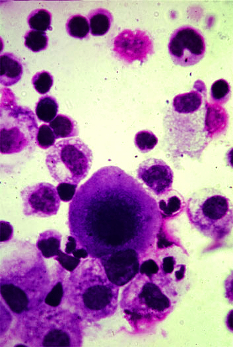New steps to stop sepsis
 About 5,000 Australians die of sepsis each year, but experts have outlined new measures to help reduce the toll.
About 5,000 Australians die of sepsis each year, but experts have outlined new measures to help reduce the toll.
The George Institute for Global Health and the Australian Sepsis Network have launched a national action plan to reduce the number of people who lose their lives each year to sepsis.
The report ‘Stopping Sepsis’ (PDF) sets out an action plan to drive improvements in the treatment and recovery of patients with sepsis focusing on four key recommendations:
- Increasing recognition of sepsis through a national awareness campaign targeting all age groups, including vulnerable groups such as children. More than 50 per cent of sepsis deaths in children occur within 24 hours so it is essential parents are aware of early symptoms and seek urgent medical care
- Providing more community and peer support for survivors of sepsis and their families. Many are left with horrendous life changing conditions, including amputation and PTSD
- Establishing a nationally recognised clinical standard of care for sepsis detection and treatment, and improve in hospital care by establishing dedicated sepsis teams
- Setting up a national sepsis body to drive and co-ordinate research, to measure the true incidence of sepsis by improving reporting, and to introduce alert systems in hospitals across Australia to ensure treatment starts as early as possible
Professor Simon Finfer, of The George Institute and head of the Australian Sepsis Network, says that while sepsis is often difficult to detect, it can be prevented and treated successfully if diagnosed quickly.
“Sepsis kills more Australians each year than breast or prostate cancer, but there’s no public outcry about this, or national campaign to reduce the shockingly high death rate,” Professor Finfer said.
“Sepsis can be prevented and, in many cases, can be treated successfully. We need to ensure that when patients present with symptoms they receive the best care possible, and that treatment begins as quickly as possible.”
Sepsis is estimated to cost Australia $1.5 billion each year.
For those that survive, half are left with a disability or impaired function that also impacts their family and friends.








 Print
Print